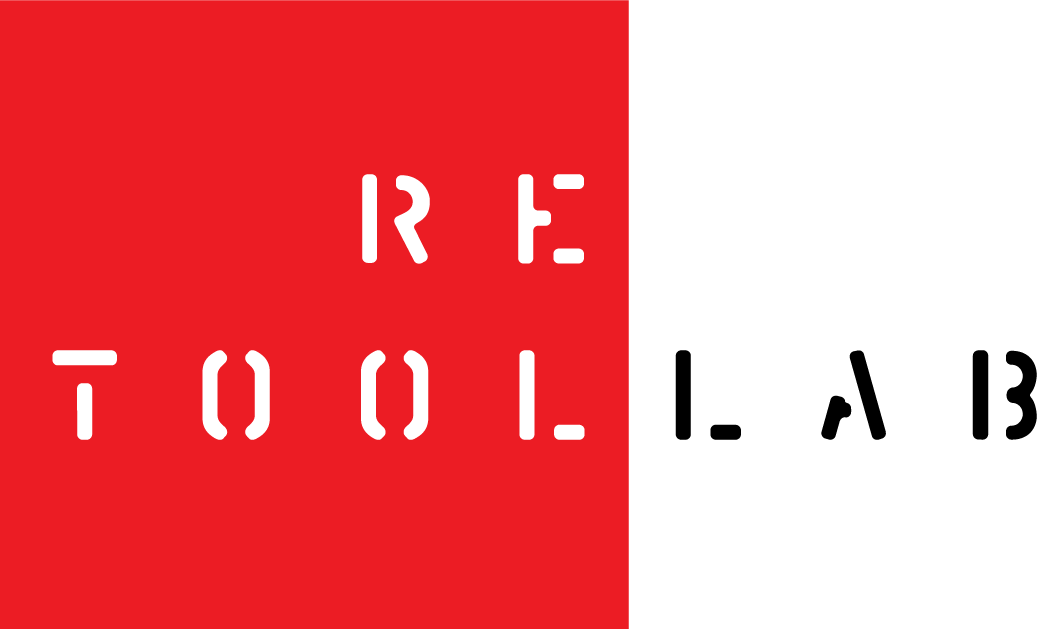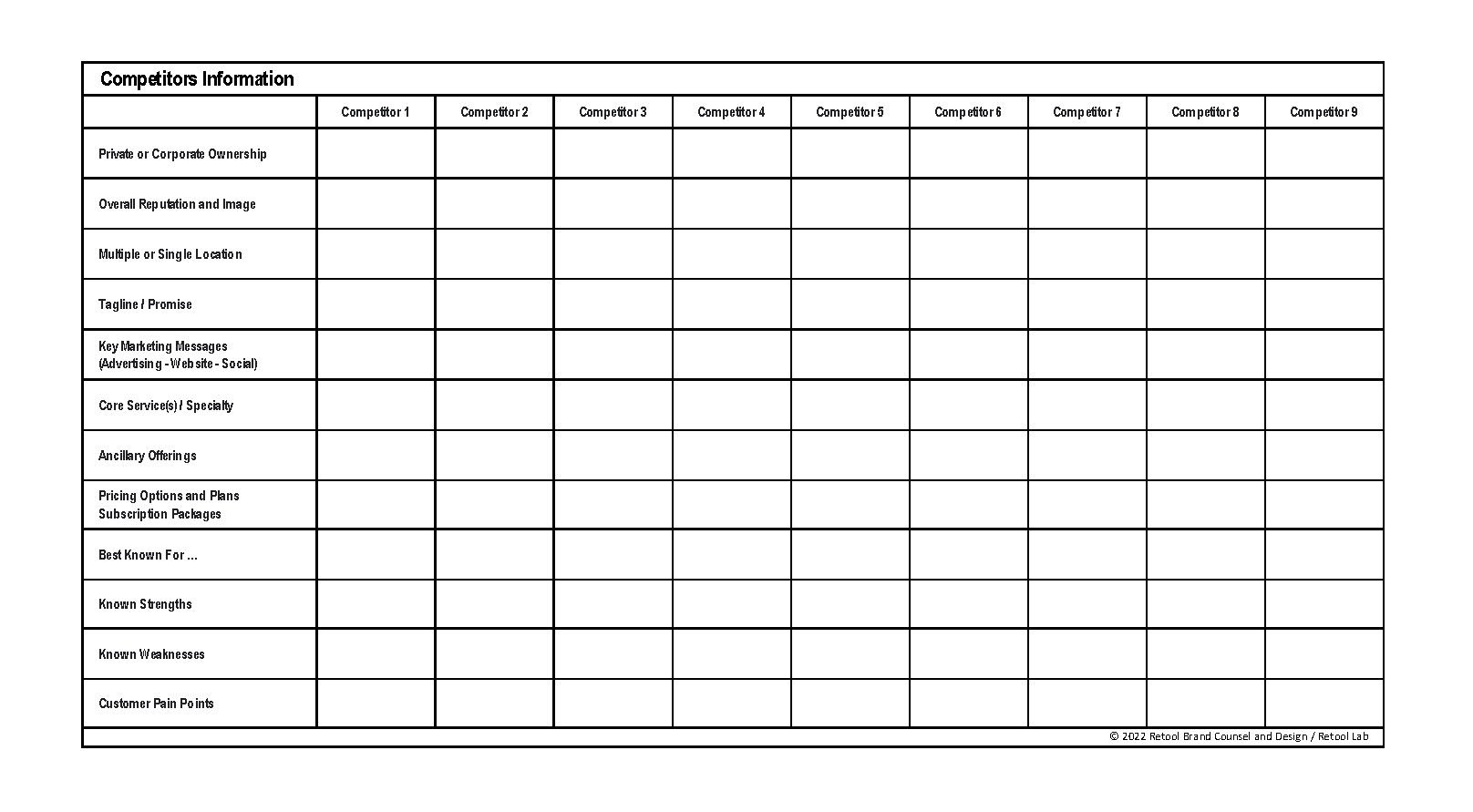Fit to brand: Planning for your brand
This is the first in a new series of articles appearing in the Fitness Business Journal of the Canadian Fitness Professionals’ #canfitpro magazine. It deals with the preparation work essential in the development and launch of a successful brand. Written with the fitness professional in mind, the series applies equally well to small and medium-sized organizations of various types. It appears in the March-April 2022 issue of the magazine, and is reproduced here with permission. https://issuu.com/canfitpro/docs/digital-mar-apr-22_layout_v2/22
Each subsequent article will deal with a different aspect of branding to help readers navigate the various steps necessary to launch and promote their brand.
As COVID-19 continues to evolve from a pandemic to an endemic status, businesses around the world are bracing for persistent challenges. Many wonder if the approaches that were successful in the past will stand up to the new business realities in a post-pandemic era. The health and fitness sector is no exception. This and subsequent articles contain advice to help make your brand more compelling, future-ready, and adaptable to unpredictable and fast-changing market conditions.
So, before launching your brand initiative, and before you even start to think about a name or a logo, you should figure out the position you want your brand to occupy in the market, as well as what makes it unique and different from others. For this, we will need to engage in a bit of brand strategizing.
Consider Shifting Customer Expectations
The health and fitness sector was hit particularly hard by the pandemic and by the resulting lockdowns and restrictions. Nowhere is this truer than for gym owners and operators. Many who could, turned to online offerings to carry on and continue to deliver value to their members. But as we move forward and out of the restrictions, this could mean that the sector is now facing a shift in customer attitude, buying patterns and expectations, and that these may be of a permanent nature. What does that mean for brands?
Good News. Bad News.
First the good news: You are considering, or have decided, that this may be a suitable time to launch or relaunch your offering, and nothing other than possibly the birth of a child, could seem more exciting. You should capture and bottle up this excitement and enthusiasm because you are going to need it. This brings us to the bad news: You are in a highly competitive sector with lots of established players and parity offerings. The rate of failures is staggering, and new venture success, over time, seems to be the exception rather than the norm.
You Need a Brand Strategy
Before launching headfirst into a brand realignment or into the launch of a new brand, a few things should take precedence. You will need to be clear about what you intend to bring to the market. With so much competition to contend with and the major players aggressively looking to make up for their losses, it is more important than ever to distinguish yourself amongst a sea of competing offerings.
Your brand will need to first grab the attention of people and then to create a compelling reason to choose your offering over someone else’s. So, I suggest that you take some time to consider the following questions:
Which group(s) of people and customer segment(s) do you want to prioritize/appeal to?
What are some of the key motivations and attitudes that drive them/their choices?
Where are the best places/media/platforms (online or offline) to reach and engage with them?
What other competing offers exist, and how can you be significantly different from them?
What truly unique value do you/can you provide?
What features/services, if any, can you offer, that your competition cannot, or will not offer?
What market needs are not being met that you could provide?
Rather than compete for the same customers, is there a way to appeal to a market segment that is under-served, or to turn non-customers into customers?
And just like that, you are a brand strategist! The hard part, of course, is getting answers to these important questions. You will no doubt have noticed that this is not the creative stuff people think branding is all about. But brand strategy and planning are an analytical and information/data-driven process. It is not “baking the brand cake.” It is “creating the recipe.”
Your answers to the questions above may often rely on educated guesswork when reliable data is not readily accessible or simply non-existent. That is where experience and instinct will have to come into play to fill existing knowledge gaps.
The thing is that this process can help you get clearer on who you want your brand to resonate with, why they should care about your offering, which advertising/promotion online or offline platform(s) and strategies may be best suited to reach and engage with them, and what competing offers you are up against. These answers will help ensure that the next steps you take are well considered and fully productive.
Brand strategy should be the precursor to brand positioning which is a more emotive appeal to help capture the attention, as well as the hearts and minds, of your audience. Brand strategy should ideally be conducted ahead of developing core brand identity assets such as a name and logo. But what if you already have a name and logo, or an existing and established service offering, and are looking instead to reposition and revitalize your brand? How then do you re-order the pieces on the brand strategy chessboard?
Make New Choices
If you have an existing brand and built-up equity in the market but are looking for your business to perform at another level, it makes no sense for you to throw away the hard-earned brand awareness you have built over the years. In that case, your brand’s positioning, such as it is, will need to be adjusted and redirected, so that over time, the central message of your brand – the story your brand tells about you and your operations – will have shifted into a different direction. In that case, you will need to make deliberate choices about what you want your brand to accomplish so that your promotion, messaging, and the experience you provide your customers, will make it clear what your brand stands for.
Michel Porter, a celebrated management consultant and academic known for his theories on economics and business strategy, defines strategy as “deliberately choosing a different set of activities to deliver a unique mix of value”, but he also goes on with a corollary stating that strategy is also about choosing what NOT to do. The point being that brand strategy is about making deliberate choices, and about knowing what to say NO to, by not allowing yourself to become all things to all people. Vagueness in branding is terminal. People should associate a clear set of ideas to your service and organization’s brand. These ideas need to be consistently reinforced over time through words and actions. This is how you will define your brand in the market and not let the market define it for you.
Focus on Differentiation
Differentiation should be your brand communications’ number one priority. Too many parity offerings, means only one thing: a race to the bottom. All things being equal, consumers will choose based on what is most important to them: location, proximity, ease of access, the vibe or personality of the place, perceived value, which means looking at the cost-value equation, etc. Therefore, you should carefully consider who your intended target audience will be, what you can do for them and the value you offer that is different from others and that will appeal to them.
In a market that is saturated with substitutes and options, or when entire groups of customers’ needs may be under-served, differentiation will be the most powerful branding strategy to pursue. To that end, you need to have a closer look at what your competition is doing. A robust survey of large and small competitors in your geographical area, which you can conduct yourself, will go a long way to help you ascertain what to do and what to steer clear of. To help you, I have prepared an easy-to-use template that you can download here to assist in garnering data and information you will need to know.
Before you begin to identify your competitors, consider this: Your competition is not always who you think they are. Competitors are anyone who provides similar value by other means and who takes business away from you. Thinking this way will help you think more broadly and clearly about who and what you are up against. For instance, should you also consider Peloton, Echelon, or other remote interactive fitness and exercise programs as competitors? What about private gym facilities in residential complexes and in business and institutional settings? If yes, then what can you offer that may be of greater value to those users?
Once you feel that you have a good grasp of who your competitors are, you will need to identify their strengths and their weaknesses. You need to become familiar with what they are primarily known for, because you need to be at least as good as they are to compete on their level. You will also need to find out the areas in which they do poorly and the ways in which they fall short of expectations, and other customer pain points. These represent real potential opportunities.
Thus, equipped with this information, you may now begin the task of describing what you do better and differently than the folks you compete with. And you do not need to be entirely different either. Your target customers are looking for something that fits into a narrowly defined category. But ideally, you need to stand out in the small and not-so-small ways that matter to them. So, start listing all the ways in which you differ from others.
What Is Next?
If after answering the questions listed above and garnering sufficient competitive information using the competitors survey template provided, you still cannot get to a point where you can easily differentiate your offering, do not despair. Oftentimes, differentiation is not found at the level of the offering itself, but in the story that is being told, the promise that is being made, and the values the brand chooses to emphasize. These can form the basis of a compelling brand positioning that is capable of inspiring strong creative execution. But that will be the subject of a future article.
The next article will be about how to use the conclusions of your brand strategy to help define your ideal brand positioning and craft a unique value proposition and guide you toward the development of a brand name and identity.


